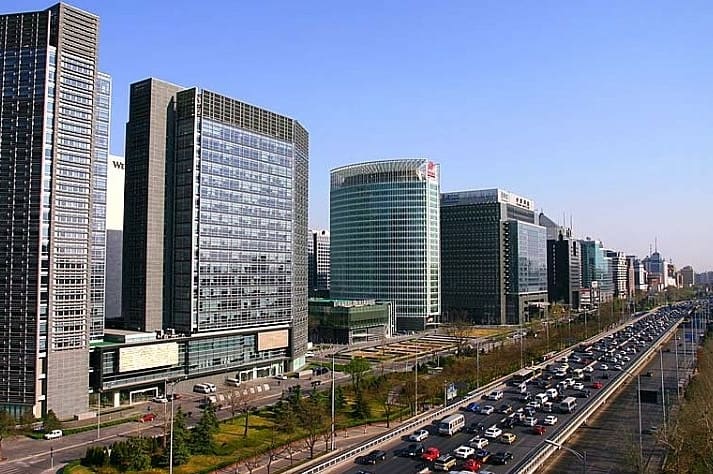Senior officials from the People’s Bank of China (PBOC), the China Banking and Insurance Regulatory Commission (CBIRC) and the China Securities Regulatory Commission (CSRC) have sent a slew of key policy signals at the 2020 Financial Street Forum held in Beijing from 21 – 23 October.
According to a report from 21st Century Business Herald some of the key policy signals sent by senior officials during their keynote speeches at the event included:
- Not allowing the market to be short of funds, or for funds to overflow. PBOC governor Yi Gang said that China would “implement normal monetary policy to the greatest extent possible over the long-term and maintain regular, upwards yield curves,” as well as “maintain basic matching between money supply and nominal GDP growth that reflects potential output.”
- Next year macro-leverage ratios will stabilise slightly. Yi Gang said that the macro-leverage ratio had risen considerably during the COVID-19 pandemic, but that next year once GDP returned to regular growth it can be expected to stabilise. According to Yi “monetary policy requires effectively controlling the sluice gates of the money supply, appropriately smoothing out fluctuations in the macro-leverage ratio, and ensuring that it remains on a rational path over the long-term.”
- The Chinese economy is expected to achieve full-year growth in 2020. Yi Gang said that given YoY growth in GDP of 0.7% for the first three quarters of 2020 despite the impacts of the COVID-19 pandemic, China can be expected to achieve full year growth amidst a 4.4% contraction in global GDP as forecast by the IMF.
- Far more work is needed to achieve financial inclusion targets, financial supply-side structural reforms must be firmly advanced. Guo Shuqing, PBOC party chair and chair of CBIRC, said that imbalances in financial supply and issues with multi-tier, diversified financial demand remain significant, and far more work is needed to achieve financial inclusion. China must “firmly drive financial supply-side structural reforms, both developing large-scale and super-large financial enterprises and nurturing small and medium-sized financial institutions.”
- Endeavour to expedite the healthy growth of a third pillar for aged care. Guo said that China has already created “three pillars” for aged care, including basic aged care, enterprise (professional) annual contributions and personal commercial aged care. According to Guo while the first pillar already covers nearly 1 billion Chinese citizens, the third pillar is at an incipient stage of development and has only grown slowly. “Following the rapid ageing of the Chinese population, development of the third pillar has become extremely urgent.”
- Greater emphasis on the risk and challenge of internet security, data privacy and monopolisation by leading companies. Guo Shuqing said that the Chinese government will continue to support the growth of fintech and increases to service efficiency, while closely following and assessing the impact of the tech revolution on the financial sector. China will expand the use of regtech and raise regulatory efficiency. Guo points out that fintech growth will bring new problems, and require a focus on internet security, data privacy and monopolies.
- Firmly delegate areas that “should not be regulated” to the market. Yi Huiman, chair of the China Securities Regulatory Commission (CSRC), said that the authority would uphold the concept of “non-interference” and further reduce regulatory systems. China will establish an open and transparent regulatory system for capital markets and enable the market to have clear expectations from regulators, as well as delegate to the market those areas which “should not be regulated.”
- Drive innovation in key regulatory systems for capital markets, as led by the registration system. Yi Huiman said that CSRC would steadily expand its registration system to the whole market and improve information disclosure rules, as well as establish pluralised, accommodating conditions for listing.
- Prompt issuance of “Macro-prudential Policy Guidelines. Pan Gongsheng, deputy PBOC governor and head of the State Administration of Foreign Exchange (SAFE), said that China would issue the “Macro-prudential Policy Guidelines” (宏观审慎政策指引) to improve the overall design and regulatory mechanisms for macro-prudential policy. China will “continually diversify macro-prudential policy tools, and formulate tool activation, calibration and withdrawal mechanisms.”
- Improve macro-prudential monitoring, assessment and early-warning systems for the real estate sector. Chinese authorities will research macro-prudential policy tools in relation to the concentration of real estate loans, household debt-income ratios and real estate loan risk weightings, for the purpose of preventing real-estate financial risk, stabilising land prices and stabilising housing prices.




